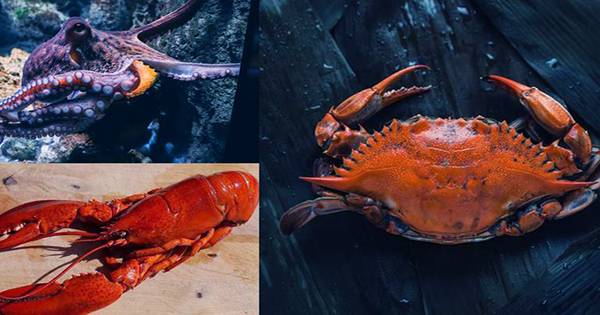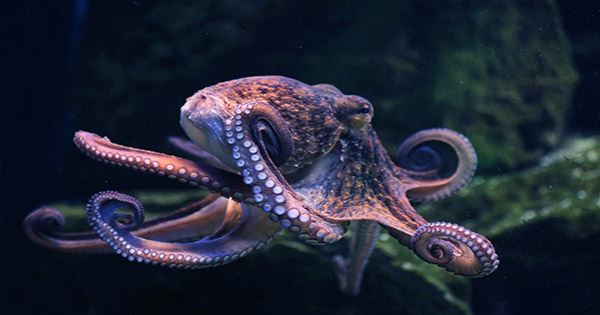When you put a lobster in a pot, does it experience pain? We requested by the UK government to find out. We asked to look at the possibility of consciousness in two types of invertebrates: cephalopod mollusks (which include octopuses, cuttlefishes, and squids) and decapod crustaceans (which include octopuses, cuttlefishes, and squids) (including lobsters, crabs, and prawns).
In each, we discovered substantial and varied indications of sentience. In addition, the UK government just decided officially recognize all of these animals as sentient beings, based on our recent research, which evaluated over 300 scientific studies.
You might be wondering how we determine whether an animal can experience pain. It is tempting to believe that all we need to know is if they attempt to avoid or avoid getting hurt. Humans, on the other hand, withdraw their hands from a hot stove before experiencing the burn. Hand withdrawal is an automatic reaction. Other animals may only react instinctively to harm and might not feel pain. We employed eight scientific criteria to determine sentience in our research.

The first four investigated whether the neurological system of an animal could sustain consciousness. We wanted to see if it could identify dangerous events and send those messages to the brain.
In addition, if signals are processed in integrated brain regions the part of the brain that collects data from different sources, finally, it was critical to determine if anaesthetics or painkillers influenced nervous system responses.
The animal’s behavior was the subject of our last four criterions. Could they make a trade-off between the danger of injury and the potential for a reward? Did people pay attention to the exact place of an injury, and might they, for example, learn to avoid stimuli linked with damage? When they were hurt, we looked at whether they valued anaesthetics or painkillers. This behavior is seen to constitute proof of pain because it contrasts inflexible and reflex reactions to harm, such as withdrawing a burned hand, from flexible responses. None of our criteria, taken alone, shows that a thing is sentient, however, the more conditions it fits, the more probable it is to be sentient.
The strongest evidence for sentience was discovered in cephalopods. The stars of the show were octopuses. They have a larger brain-to-body ratio than other reptiles and fish, with roughly 170 million brain cells. Octopuses are able to learn and remember incredible amounts of information because of this. Octopuses also exhibit behaviors that clearly suggest they have had painful experiences. In one recent research, they had given three rooms to investigate.
After being injected with acetic acid in their favored chamber, octopuses avoided it for the rest of their lives. Injured octopuses learnt to choose a different room, one with a local anesthetic. The nerve activity between the injured site and the brain hushed this anesthetic. The subjective feeling of pain is thought to indicate by similar results in animals.
Decapods showed convincing indicators of consciousness as well. For example, in one high-profile study, crayfish were permitted to explore a cross-shaped aquarium. Two of the cross’s arms lit, while the other two darkened. Crayfish in nature utilize dark shelters to protect themselves from predators; hence, time spent in the shaded arms is used to assess anxiety-like behavior. Crayfish that were exposed to an electric field avoided the light arms.
Anti-anxiety medication is used to reverse the impact. These findings show that crayfish experience mental states that are similar to anxiety in terms of brain processes and behavior. Despite compelling evidence of consciousness in a few well-studied species, there are 750 cephalopod species and 15,000 decapod species, which is more than quadruple the number of mammal species. The majority of individual species never been thoroughly investigated.















